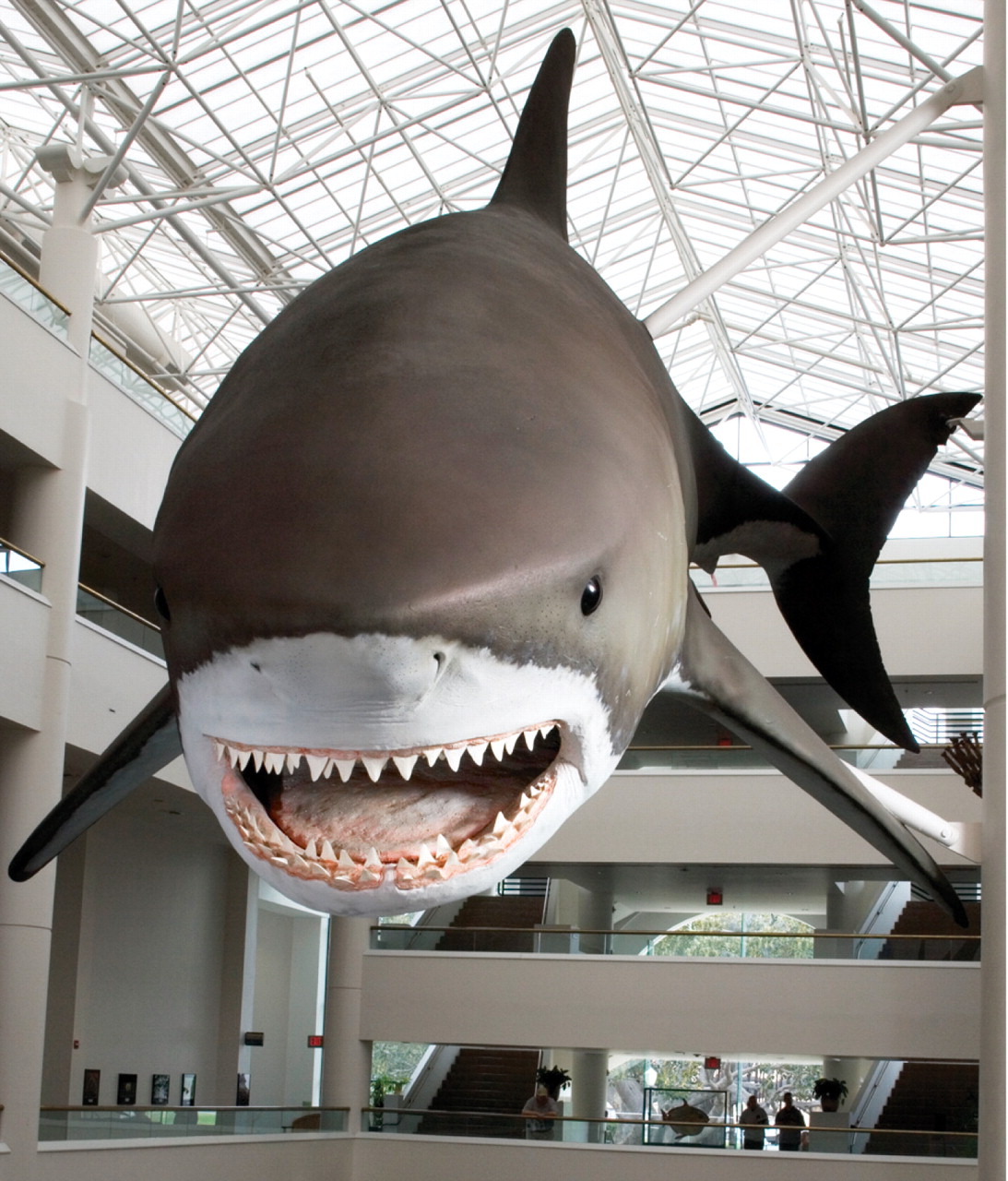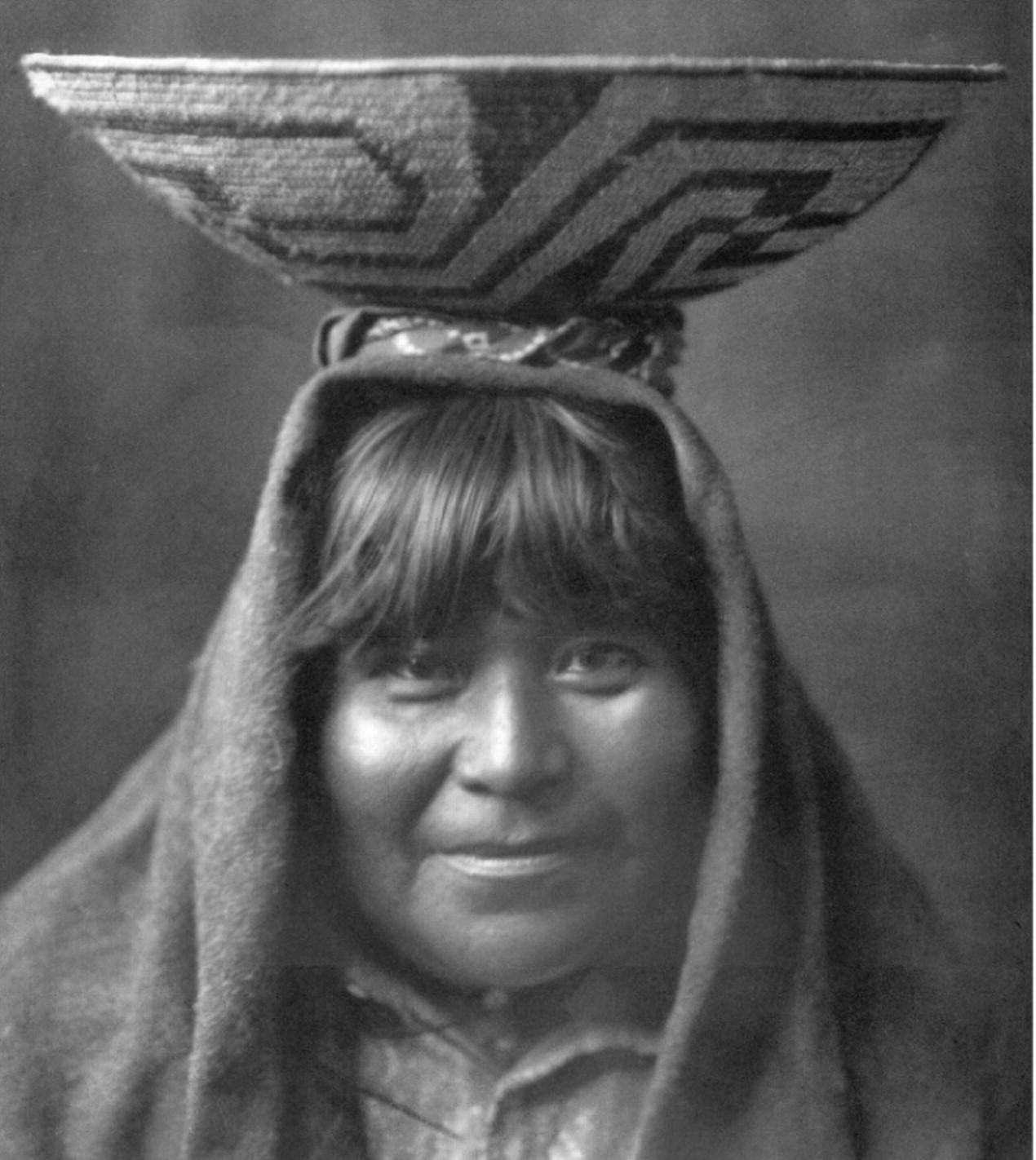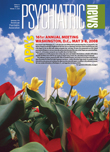Nestled inside San Diego's sprawling Balboa Park are two specialized museums that cover the human and natural worlds. The San Diego Natural History Museum and the San Diego Museum of Man provide glimpses into the ancient and modern world of the American Southwest and adjacent areas.
The San Diego Natural History Museum uses its collections as a base for environmental education and natural-history research. The museum is the second-oldest scientific institution in California. Curators not only maintain the collections, but also engage in research on the geography, flora, and fauna of desert and marine environments in Southern California and in Mexico's nearby Baja California region.
“Fossil Mysteries,” a permanent exhibition, will be on view when APA meets in San Diego in May. The exhibit covers 75 million years in the earth's history, from the Age of Dinosaurs to the Ice Ages.
Visitors can see and touch real fossils and rocks and learn about the past the way paleontologists do. They can also learn how dinosaurs and other ancient creatures lived, moved, and became extinct. From there, the exhibit goes on to tackle Big Ideas: evolution, extinction, ecology, and how the earth has changed over eons.
In addition, through the end of May, “Visions of the Natural World” will showcase the work of eight photographers who draw inspiration from nature. Many of the images depict scenes in California or the Southwest, but others were taken at sites around the world.
The museum presents “Ocean Oasis,” a giant-screen film, at noon, 2 p.m., and 4 p.m. daily. “Ocean Oasis” takes viewers into the waters and deserts of two remarkably different, but closely linked, worlds near San Diego: Mexico's Sea of Cortés and the Baja California desert. The film examines the powerful geologic forces that collided to carve out the region and shows how life thrives in a seemingly barren landscape.
The nearby Museum of Man was born in buildings erected for the 1915 Panama-California Exposition. The California Building—the symbol of San Diego—rises above the present museum; it was designed in the style of a Spanish-Colonial church and is connected to a mission-style building by two arcaded passageways.
The early collections preserved there drew from expeditions to the American Southwest and Guatemala, along with donations of Egyptian artifacts. Excavations by archaeologist Malcolm Rogers in the 1930s of hundreds of prehistoric sites in Southern California, many now destroyed by development, recorded evidence of early life in the region. During World War II, the collections were placed in storage, and the museum building was converted for use as a hospital for wounded servicemen.
The Museum of Man's star exhibition in late May will present the work of Edward Curtis, who photographed American Indians from 1906 to 1930. Curtis visited 80 tribes on the Western plains, the Great Basin, the Southwest, Alaska, the Arctic, and along the U.S. and Canadian coasts. He lugged a large-format camera and glass plates with him, taking portraits and recreating scenes of traditional life and ceremonies. Later, Curtis was criticized for presenting an overidealized view of American Indians, but even many of the descendents of those he photographed have come to appreciate their value as records of their ancestors.
The museum will feature a series of lectures and other events in connection with the Curtis exhibition. The 24th Annual Indian Fair and Market will take place on the weekend of May 19 and 20. Entertainment and demonstrations will be held on both days, and the work of 60 Indian artists will be on sale.
Finally, two permanent exhibitions offer glimpses of indigenous cultures in California and Central America. One shows the life of the Kumeyaay, a people living in southern California before the Spanish arrived. Visitors can see a traditional Kumeyaay house, along with food supplies, clothing, ornaments, games, and ceremonies typical of this culture.
The second exhibition consists of copies made in the Guatemalan jungle in 1914 of classic Maya upright stones carved with animal figures or hieroglyphics. They are surrounded by displays of Maya pottery and a mural showing the plants and animals of the jungle. The reproductions make the stones visible to San Diego museum goers without the weathering suffered by the originals back in their homeland.
More Information
San Diego Natural History Museum
1788 El Prado, Balboa Park
(619) 232-3821
www.sdnhm.org
San Diego Museum of Man
1350 El Prado, Balboa Park
(619) 239-2001
www.museumofman.org/index.html▪


